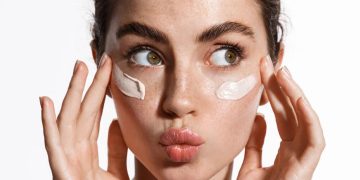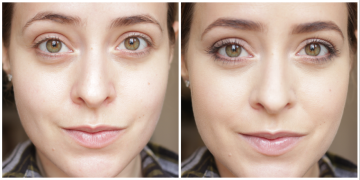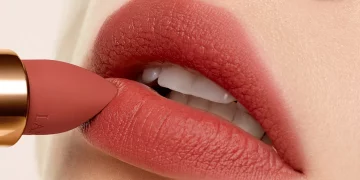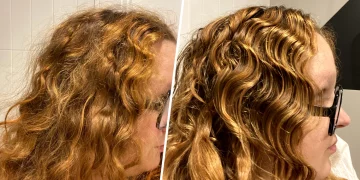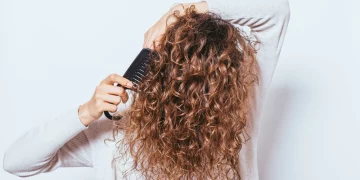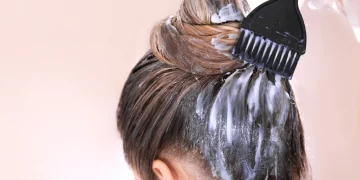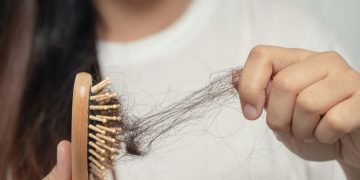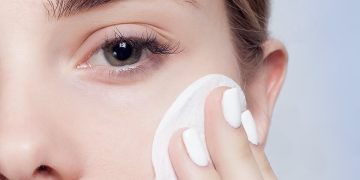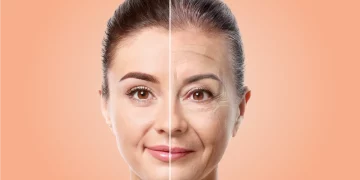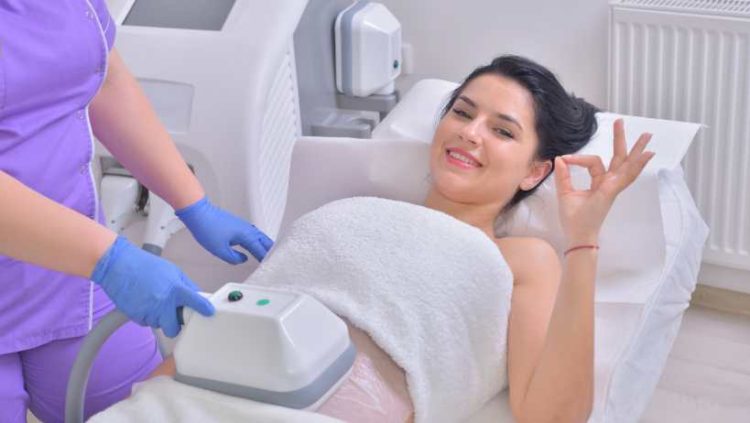Introduction: The Buzz Around Cryolipolysis
In the realm of non-surgical fat reduction treatments, cryolipolysis, commonly known by its brand name CoolSculpting, has gained immense popularity for its ability to target stubborn fat without the need for invasive procedures. If you’ve struggled with localized fat areas that don’t seem to budge, even after diet and exercise, this treatment might have crossed your mind.
But what exactly is cryolipolysis? How does it work, and is it really as effective as it claims? Most importantly, what are the potential risks and side effects associated with this seemingly magical fat-busting procedure?
In this article, we’ll break down the principles of cryolipolysis, explore its benefits, and help you understand if it’s the right fat-reduction solution for you. We’ll also address some of the risks and considerations that should be part of your decision-making process.
1. What is Cryolipolysis?
1.1. Understanding the Science Behind Cryolipolysis
Cryolipolysis is a non-invasive procedure designed to reduce stubborn fat through controlled cooling. The process works by freezing fat cells to the point where they crystallize and break down. Over time, the body naturally processes and eliminates the destroyed fat cells, leaving behind a smoother, more contoured area.
- Cooling: The treatment uses a device that targets fat cells with cooling plates, typically in the range of -10 to -20 degrees Celsius (14 to -4°F). This temperature is low enough to freeze fat but does not affect surrounding tissues like skin, muscles, or nerves.
- Fat Cell Crystallization: Fat cells are more susceptible to cold than other tissues, so they freeze and crystallize when exposed to the cold, undergoing apoptosis (natural cell death).
- Body Absorption: Over a period of 1 to 3 months, the body gradually metabolizes and eliminates these fat cells through the liver, which results in a visible reduction in fat.
Cryolipolysis is FDA-approved and is generally considered a safe and effective way to target localized fat that may be resistant to diet and exercise.
1.2. Popular Treatment Areas
Cryolipolysis is primarily used for body contouring, focusing on areas with pinchable fat. Common treatment areas include:
- Love handles or flanks
- Abdomen (stomach fat)
- Thighs
- Double chin
- Bra bulges or back fat
- Upper arms
2. How Effective is Cryolipolysis?
2.1. Fat Reduction Results
Cryolipolysis has been shown to result in 10-25% fat reduction in the treated areas after one session. However, results can vary depending on factors such as:
- Body composition: If you’re close to your ideal body weight but have localized fat pockets, you might see more noticeable results.
- Treatment areas: Larger areas or more stubborn fat areas may require multiple sessions for optimal results.
- Lifestyle factors: Maintaining a healthy lifestyle (including diet and exercise) can help maximize and maintain results over time.
2.2. Gradual Results
One of the key things to understand about cryolipolysis is that it’s not an instant fix. Unlike liposuction, which offers immediate results, cryolipolysis produces gradual improvements. Fat cells are processed and eliminated over the span of 2-3 months, and you’ll start to see noticeable changes during that period.
- First noticeable results typically appear 3 weeks after treatment.
- Full results can be seen in about 2-3 months after the procedure.
2.3. Longevity of Results
The fat cells eliminated by cryolipolysis do not return. However, if you gain weight after the procedure, the remaining fat cells can still expand, potentially reversing some of the results. This is why maintaining a healthy lifestyle is crucial to keep the results intact.
3. Who Is a Good Candidate for Cryolipolysis?
Cryolipolysis is generally recommended for individuals who are at or near their ideal body weight but struggle with small pockets of fat that are resistant to traditional weight-loss methods. Ideal candidates include:
- Healthy adults with stubborn fat areas.
- People looking for a non-invasive fat-reduction treatment without the need for surgery.
- Those who don’t have large fat deposits but want to target localized fat areas, such as love handles or under the chin.
3.1. Not for Major Weight Loss
It’s important to note that cryolipolysis is not a weight-loss treatment. It’s designed for body contouring rather than significant weight reduction. If you have large areas of excess fat, you may not see the dramatic results you’re hoping for with just cryolipolysis.

4. Risks and Side Effects of Cryolipolysis
While cryolipolysis is generally considered safe, there are some risks and side effects to be aware of.
4.1. Common Side Effects
Most side effects are temporary and mild, including:
- Redness: Skin redness can occur in the treated area due to the cooling process. This usually subsides within a few hours.
- Swelling: Mild swelling is common, especially in the first few days after treatment.
- Bruising: Some patients may experience bruising where the suction is applied.
- Tenderness: The treated area may feel sore or tender for several days post-treatment.
4.2. Rare But Serious Side Effects
Though rare, some more serious side effects can occur. These include:
- Paradoxical Adipose Hyperplasia (PAH): A rare condition where the fat in the treated area actually increases rather than decreases. This side effect is more common in men and tends to occur in larger treatment areas. PAH can result in the need for corrective procedures.
- Nerve Damage: Though uncommon, there’s a small risk of nerve damage, leading to numbness or tingling in the treated area. This usually resolves on its own.
- Skin Discoloration: In some rare cases, patients with darker skin tones may experience temporary or permanent skin pigmentation changes.
4.3. Contraindications
Cryolipolysis may not be suitable for people with:
- Cold-related conditions like cold urticaria, Raynaud’s disease, or cryoglobulinemia.
- Pregnancy or breastfeeding.
- Skin conditions such as rashes or open wounds in the treatment area.
5. What to Expect During the Cryolipolysis Treatment
5.1. The Procedure
Cryolipolysis treatment typically lasts between 35 minutes to an hour per treatment area. Here’s a general overview of what you can expect during your session:
- Consultation: Your provider will first evaluate your problem areas and assess whether cryolipolysis is right for you.
- Preparation: A gel pad is placed on the treatment area to protect the skin, and the applicator is attached to the area with suction.
- Treatment: The device will begin to cool the fat cells. Initially, you may feel a sensation of intense cold or slight discomfort, but this typically subsides after a few minutes as the area becomes numb.
- Post-Treatment: After the procedure, the area may feel a bit tender, but most patients can return to their normal activities immediately.
5.2. Aftercare
- Avoid hot showers or massages for a few days after the treatment.
- Hydrate to help your body process the fat cells more effectively.
- Monitor the treated area for any unusual side effects, and contact your provider if you experience severe pain, prolonged redness, or skin changes.
6. Conclusion: Is Cryolipolysis Right for You?
Cryolipolysis can be an effective solution for those looking to reduce stubborn fat in targeted areas without the need for surgery. If you’re already in good shape but struggle with localized fat, this treatment could be a great option to contour your body.
However, like any cosmetic treatment, it’s important to have realistic expectations. Cryolipolysis is not a weight-loss solution, and it works best when combined with a healthy lifestyle. Additionally, there are some risks and side effects to consider, so it’s crucial to consult with an experienced provider to determine if it’s the right treatment for you.
Ultimately, cryolipolysis offers a promising, non-invasive method for fat reduction, but as with any treatment, it’s important to fully understand both the benefits and the risks before diving in. If you’re seeking body contouring without the need for surgery, this might be the solution you’ve been waiting for!


